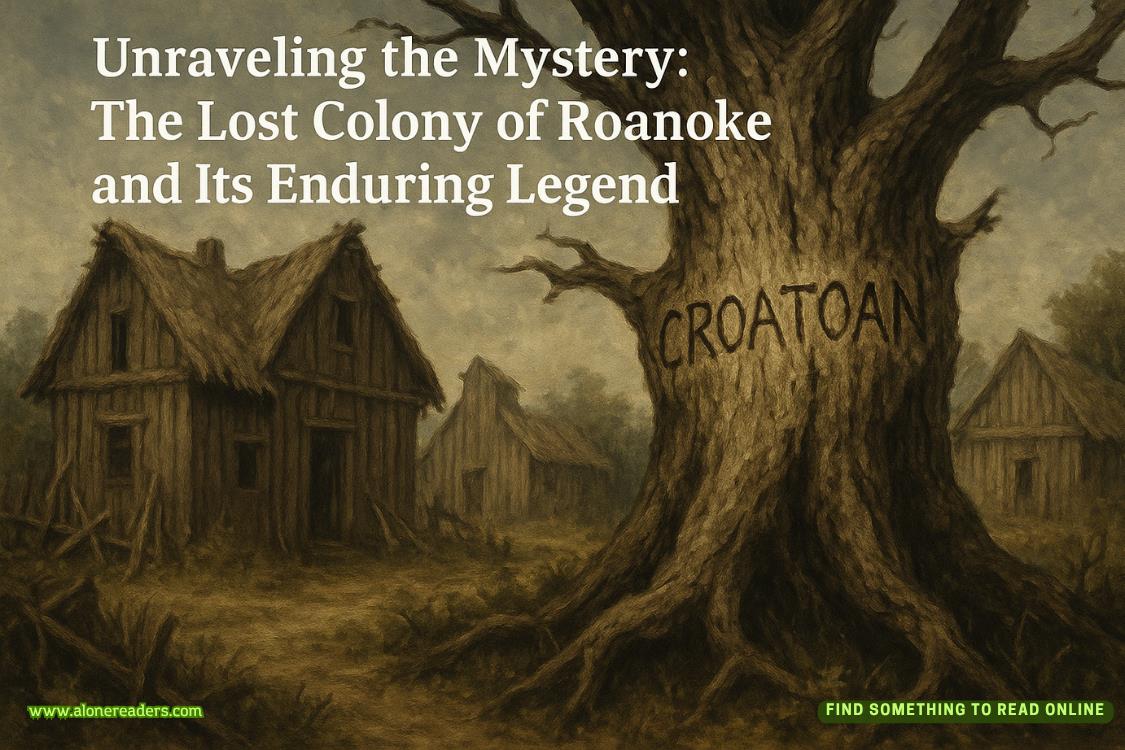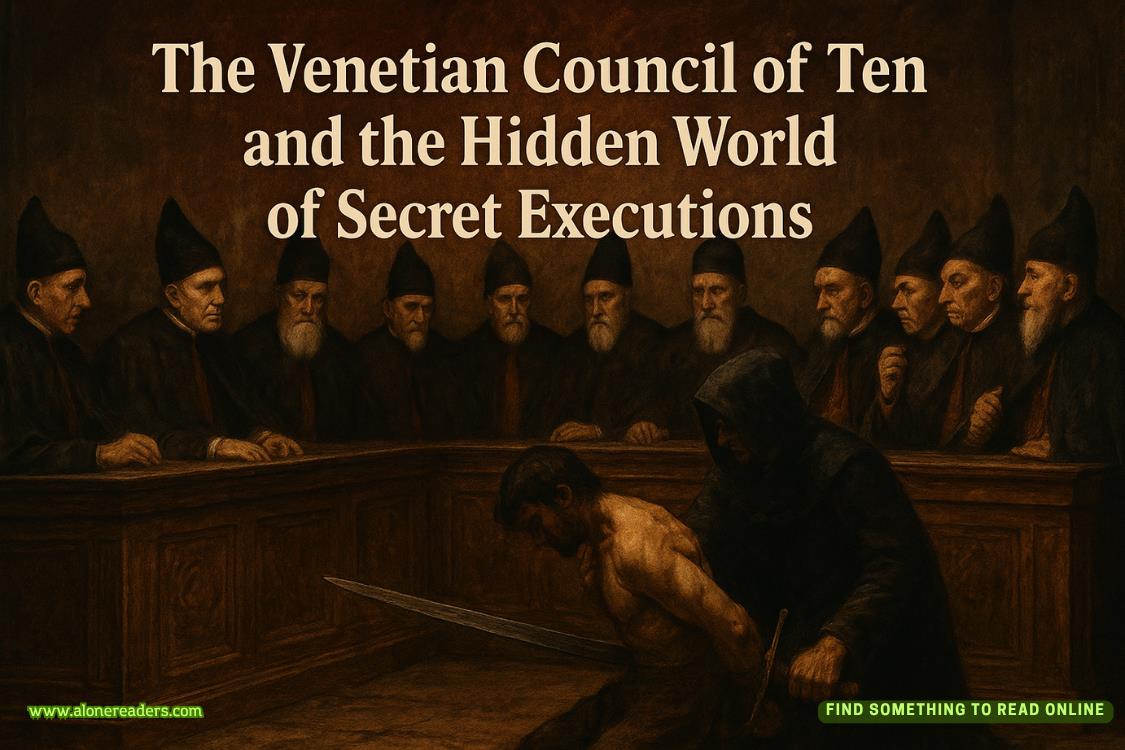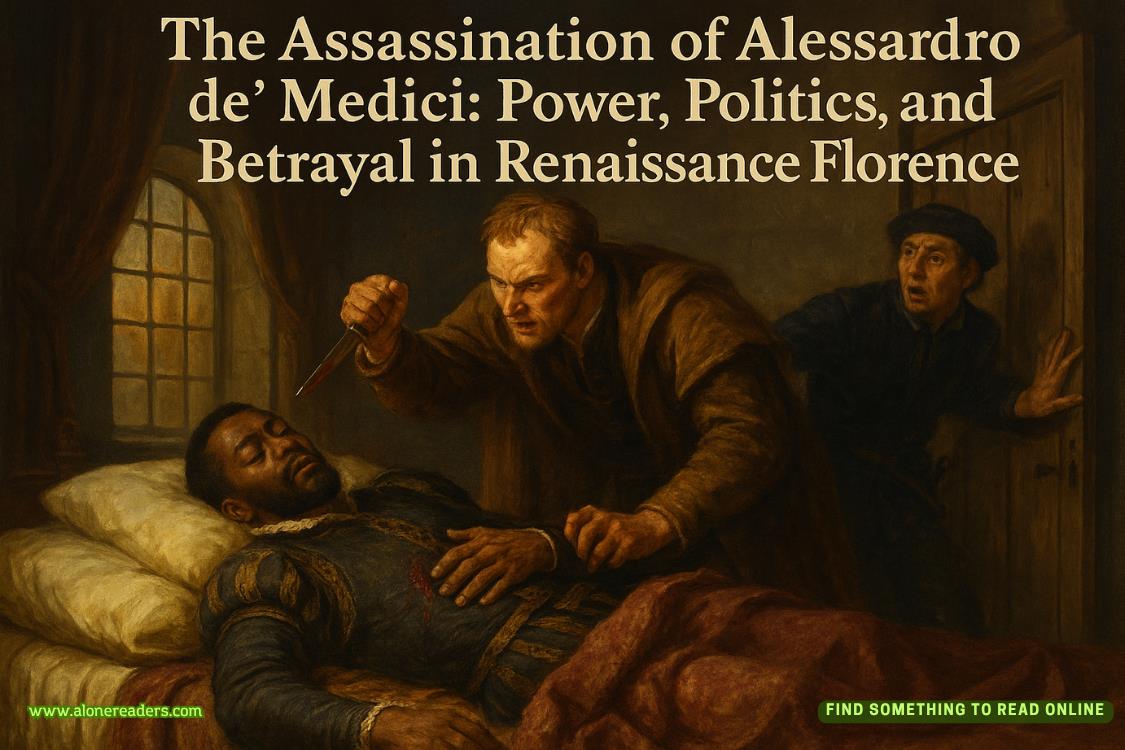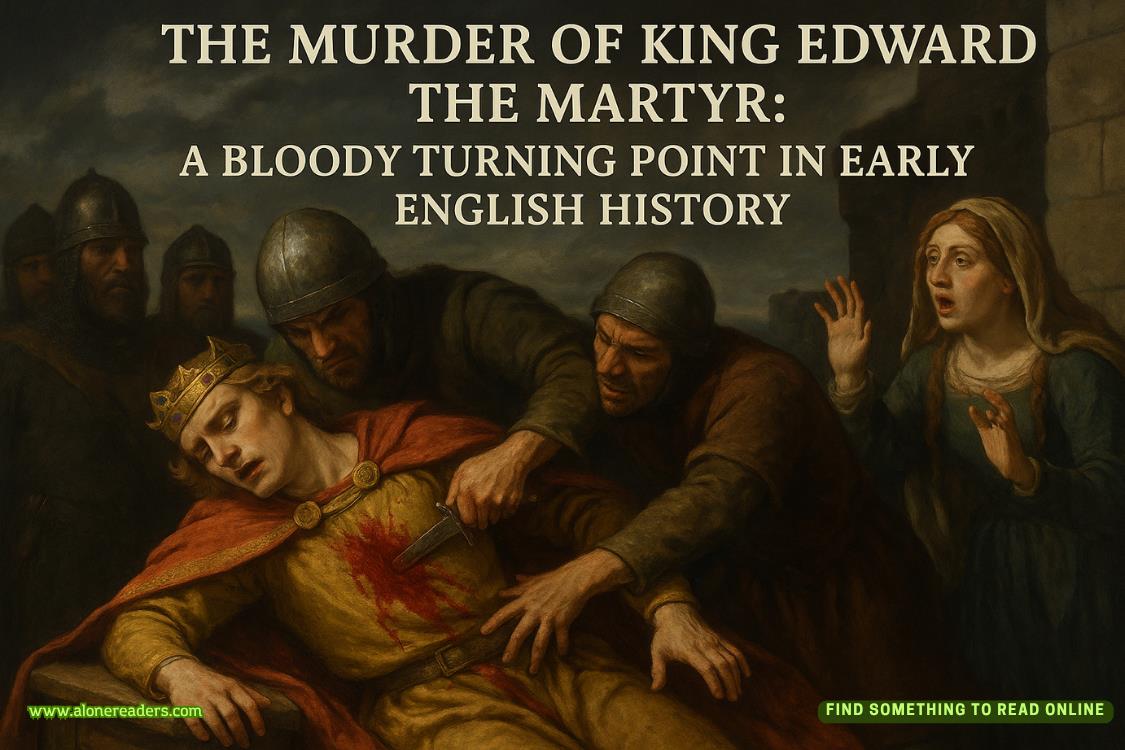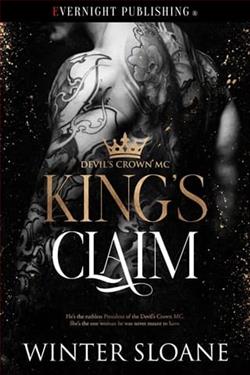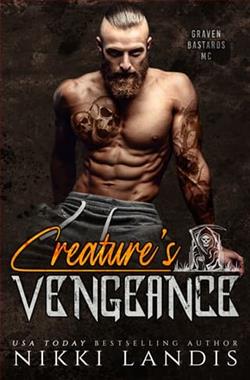Page 2 of Top Secret (Clandestine Operations 1)
Whether or not the Americans ever located the U-boats allegedly carrying German uranium oxide to Japan or Argentina, or if they did, what happened to them and the uranium oxide is today still classified Top Secret.
I
[ ONE ]
National Airport
Alexandria, Virginia
0405 25 October 1945
The triple-tail Lockheed Constellation with HOWELL PETROLEUM lettered on its fuselage came in low over the Potomac River, lowered its gear, put down its huge flaps, and touched smoothly down at the very end of the main north-south runway.
Her four engines roared as the pilot quickly moved the propellers into reverse pitch and shoved her throttles forward. When the Connie finally stopped, she was very uncomfortably close to the far end of the runway and her tires were smoking.
The pilot radioed: “National, Howell One on the ground at six past the hour. Request taxi instructions.”
“Howell One, turn and take Taxiway One on your right. Hold there.”
“Howell One understands hold on Taxiway One.”
The Constellation was the finest transport aircraft in the world. It was capable of flying forty passengers in its pressurized cabin higher—at an altitude of 35,000 feet—and faster—it cruised at better than 300 knots—and for a longer distance—4,300 miles—than any other transport aircraft in the world. When National Airport had opened in June 1941, it had been not much more than a pencil sketch in the notebook of legendary aviator Howard Hughes, who owned, among a good deal else, the Lockheed Aircraft Company. Hughes, who had designed the Lockheed P-38 “Lightning” fighter plane, had decided that if he took his design of the P-38’s wing, enlarged it appropriately, put four engines on it, and then married it to a huge, sleek fuselage with an unusual triple-tail design, he would have one hell of an airplane.
“Build it,” Hughes ordered. “The Air Corps will buy it once they see it. And if they don’t, I know at least one airline that will.”
Although the Congress, in its wisdom, had decreed that airlines could not own aircraft manufacturing companies, and vice versa, it was widely believed that Hughes secretly owned TWA, then known as Transcontinental & Western Airlines, and later as Trans-World Airlines.
No sooner had Howell One stopped on Taxiway One than a small but impressive fleet of vehicles surrounded it. There were four Ford station wagons and two large trucks. On all their doors was the insignia of the Federal Bureau of Investigation. There was also a third truck with a crane mounted in its bed, and a black 1942 Buick Roadmaster. Neither was marked. The Buick had a large chrome object housing a siren and a red light mounted on its left front fender. Finally, there was a truck carrying the logotype of National Airport. It had a stairway mounted in its bed.
A dozen or more men in business suits and hats and carrying Thompson submachine guns erupted from the station wagons as the truck with the stairs backed up against the Constellation’s rear door.
Two men in business suits got out of the Buick and quickly climbed the stairs up to the fuselage.
They stood waiting at the top until the door was finally opened.
A handsome young officer—blond, six-foot-one, 212 pounds—stood in the doorway. He was wearing an olive drab woolen “Ike” jacket and trousers. The jacket’s insignia identified him as a second lieutenant of Cavalry. The jacket was unbuttoned, and his necktie pulled down.
The two men in suits flashed him looks of surprised disapproval as they pushed past him and entered the cabin.
The cabin looked more like a living room pictured in Architectural Digest than the interior of a passenger aircraft. Instead of rows of seats, there were leather upholstered armchairs and couches scattered along its length. There was a desk and two tables. A full bar was at the front of the cabin. The floor was lushly carpeted.
Seated in armchairs were three people: a tall, sharp-featured, elegantly tailored septuagenarian; a stocky, short-haired blond woman in her late forties; and an attractive, tanned, and athletic-looking young woman of about twenty.
They were, respectively, Cletus Marcus Howell, president and chairman of the board of the Howell Petroleum Corporation; his daughter-in-law, Martha Williamson Howell; and her daughter—the old man’s granddaughter—Marjorie.
“I’m Assistant Deputy Director Kelly of the FBI,” the older of the two men who had come into the cabin announced. He was in his fifties, wore spectacles, and had a short haircut. “Welcome to Washington.”
No one responded.
“Where is the officer-in-charge?” Kelly asked.
The old man pointed to the young officer standing at the door.
“You just walked past him,” he said.
“I asked for the officer-in-charge, sir,” Kelly snapped.
“Sonny,” the old man said, “I hate to rain on your parade, but if that FBI army you have with you was intended to dazzle me, it has failed to do so.”
